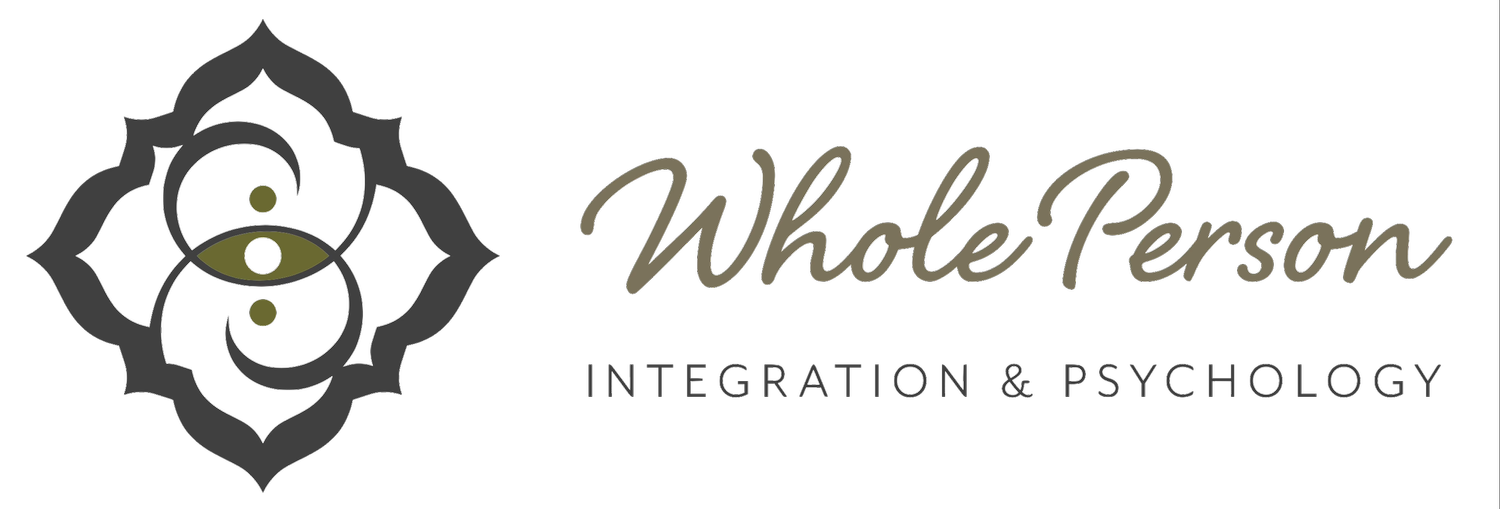Honoring the Older Generations of LGBTQIA+ Folx
By: Dr. Denise Renye
These days it seems like kids are coming out earlier and earlier. In the 1970s, folx came out as queer on average starting in their early 20s, but that age keeps dropping, according to Caitlin Ryan, PhD, from San Francisco State University’s Family Acceptance Project. “We found the average age of coming out was a little over 13,” she told BuzzFeed News in 2015. “And it’s dropping down even more.”
Researchers attribute this to the power of representation – it’s more widespread to see depictions of queer characters or real-life LGBTQIA+ folx so that encourages people to come out at younger ages. There are reports of kids coming out at 6 or 7, which demonstrates not only increased representation but also access to information.
The trend of coming out earlier also suggests that American culture is becoming less hostile toward queer people (in some ways and in some states) with the forces that kept older generations confined to the closet losing their power. The fear of intolerance, self-loathing, living without exposure to other LGBTQIA+ folx, etc. is becoming less prevalent, but at the same time, let’s take a moment and honor the plethora of feelings the older generations may be experiencing.
The older folx didn’t have major celebrities coming out as queer. Mainstream representation was nonexistent, and furthermore, coming out of the closet was downright dangerous. People were killed for it, like in the case of Matthew Shepard who was beaten, tortured, and left in a rural setting, attached to a fence to die near Laramie, Wyoming in 1998 because he was gay. Yes, that definitely still happens, especially for trans folx, but by and large, the culture has shifted.
That shift didn’t come easily – people had to fight for the rights younger LGBTQIA+ people may take for granted. Even Pride month itself originated as an anti-police uprising in 1969 that resulted in four days of protests. Police violently raided a gay bar in New York’s West Village, the Stonewall Inn, and the bar’s patrons fought back. The following year, people in New York commemorated the event, and Pride was born. Pride came about due to strife.
These battles were hard-won and some older folx may have complicated feelings about the ease with which they perceive younger folx experience their sexual orientation and identity these days. Older LGBTQIA+ may feel joy but also grief that their experiences were so different. Think of something as simple as language. For older folx, hearing the f-slur or, “What’s up, homo?” were commonplace in movies, television, and real life. Now, f*ggot is a slur that causes public outrage if it’s used by a non-gay person in the media.
Let’s recognize number one, how much culture has shifted, and two, older LGBTQIA+ folx may have some wounds the younger folx do not. And it may be interesting to contemplate this through a lens of collective trauma. The collective still very deeply holds the trauma that has been caused by the violence directed toward non-straight people. This may be directly held by older generations in the lgbtqia+ but it may be held in the psyche of the younger generations. Creating space for these feelings to be expressed, explored, and held without judgment is important for healing this wound. Discrimination scars and some folx may not feel they have the space and time to heal in the ways needed. Let us hold that as we move forward in this Pride month. There is space for everyone to celebrate and heal in community.
To set up an appointment with me (Marin County Sexologist), click here.
Reference
Keating, Shannon. “Coming Out As Gay In Elementary School.” Buzzfeed News. April 27, 2015. https://www.buzzfeednews.com/article/shannonkeating/coming-out-as-gay-in-elementary-school

